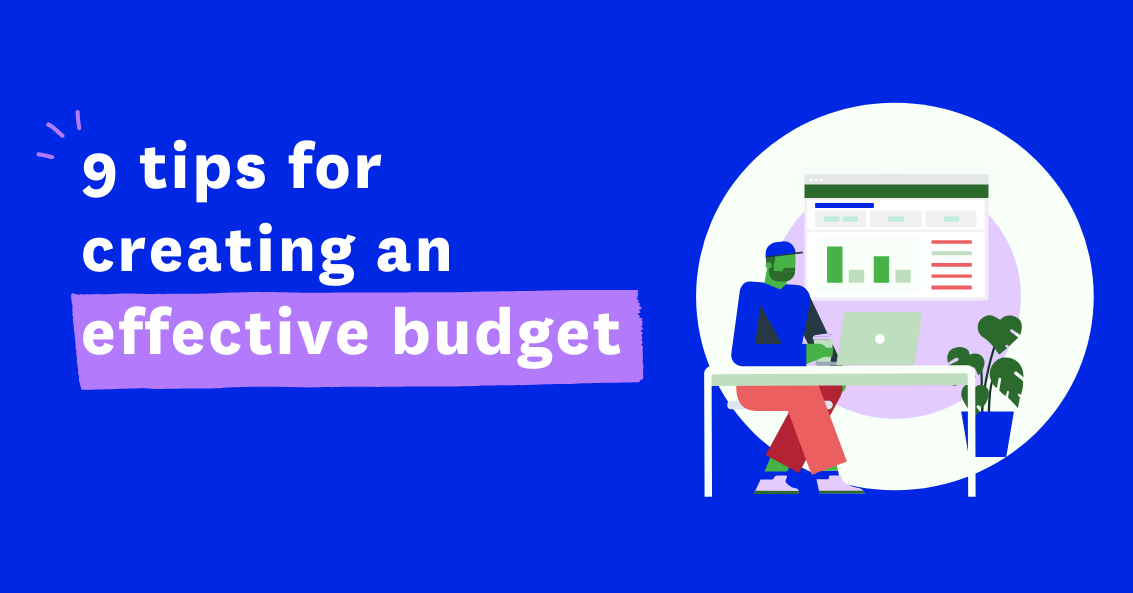The majority of small businesses are started by people who are passionate about the enterprise that they have expertise in.
That passion doesn’t necessarily turn into good business management though. One way to stay on top of your finances is to create a budget. A budget is like charting a course for a boat through a rocky channel. When you can identify that you’ve got smooth sailing ahead, or you’re veering off course, you can take action to get through it.
Here are nine tips to help you create an effective budget for your small business:
1. Just do it
If you think you don’t need a budget, you do. Even a spreadsheet is better than nothing. Or consider accounting and project management software and use the inbuilt financial features they offer. If you perform project type work, WorkflowMax by BlueRock can help you understand the profitability of your jobs on a moment to moment basis.
2. Your budget is a working document
Consistently revise your budget figures as your business changes and grows. Ideally, revise your budget monthly, especially when you’re getting started.
3. Start with the easy stuff
Focus on the information you have, such as fixed costs and confirmed income. If you’re expecting or planning for significant growth, separate the budget into two sections. The first should focus on actual costs. For the second section, focus on growth related calculations. This will allow you to adjust growth related calculations without impacting your actual costs.
4. Make sure you include your own time in the costs
Don’t think of profit as your compensation. Chances are that you’ll be working for twice as long as you bill anyway. Include a market salary for yourself in the budget. Your true business profit is then what the business pays you over and above your market salary.
5. Projections
You know what income is coming in already and the direct costs that will be incurred in order to generate that income. Take the time to calculate how many more jobs you will need to cover the ongoing fixed costs in your budget. As you add these in, keep an eye on the effect on other costs. For example, do you need to hire more staff or increase the size of your office or factory?
6. Add notes
Include notes as you add items to the budget. A figure might make sense when you add it in, but in six months, when someone else looks at the budget, they might not understand. For example, include information about an increase in material costs from a supplier or an increase in the cost of the office lease.
7. Add in a safety margin
Unexpected events or forgotten items always come up. As a business owner it’s important to prepare for these. We recommend aiming for a 30% margin as a safety net to save you from unwanted surprises. If you don’t end up needing the margin that means more profit for your business!
8. Use the expertise of your accountant or bookkeeper
Accountants and bookkeepers are valuable assets to your business. By using their skill set you can get a clearer idea of how your business is performing, while focusing on your strengths as a business owner.
9. Don’t hate the process
It can be overwhelming working through your budget. But you can learn to love the control that your budget insights will give you.
The trick is to remind yourself why you’re creating the budget in the first place and how it can help you sail into the sunset. Or avoid disaster.




